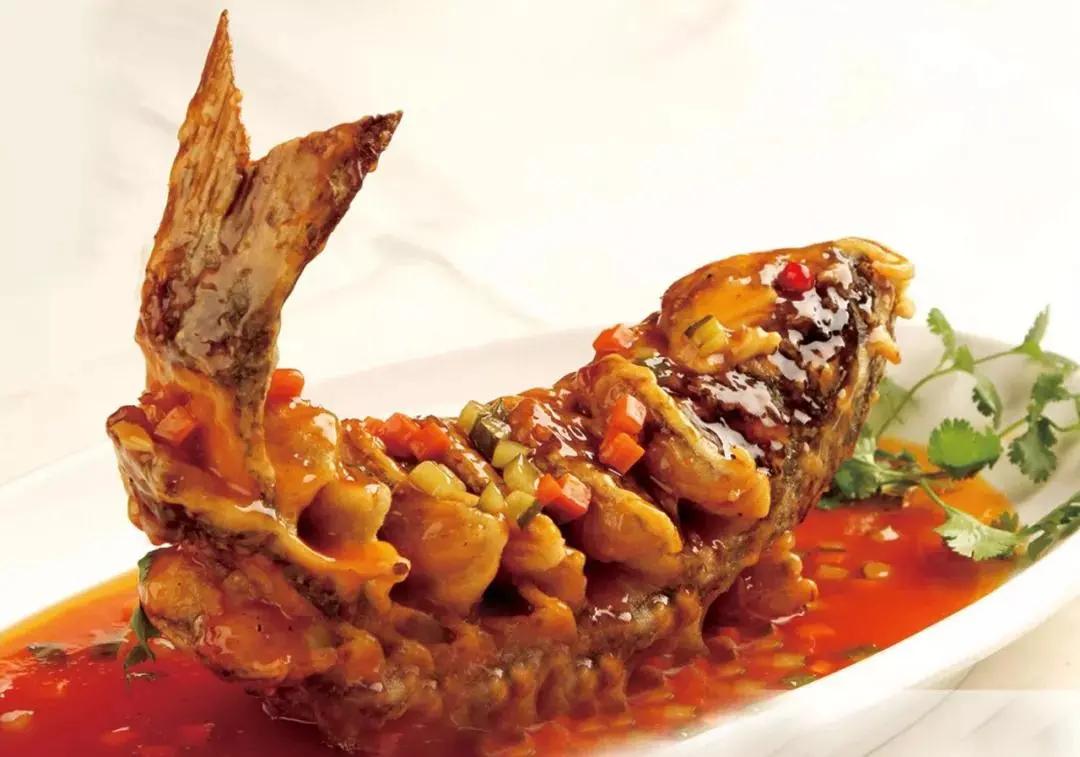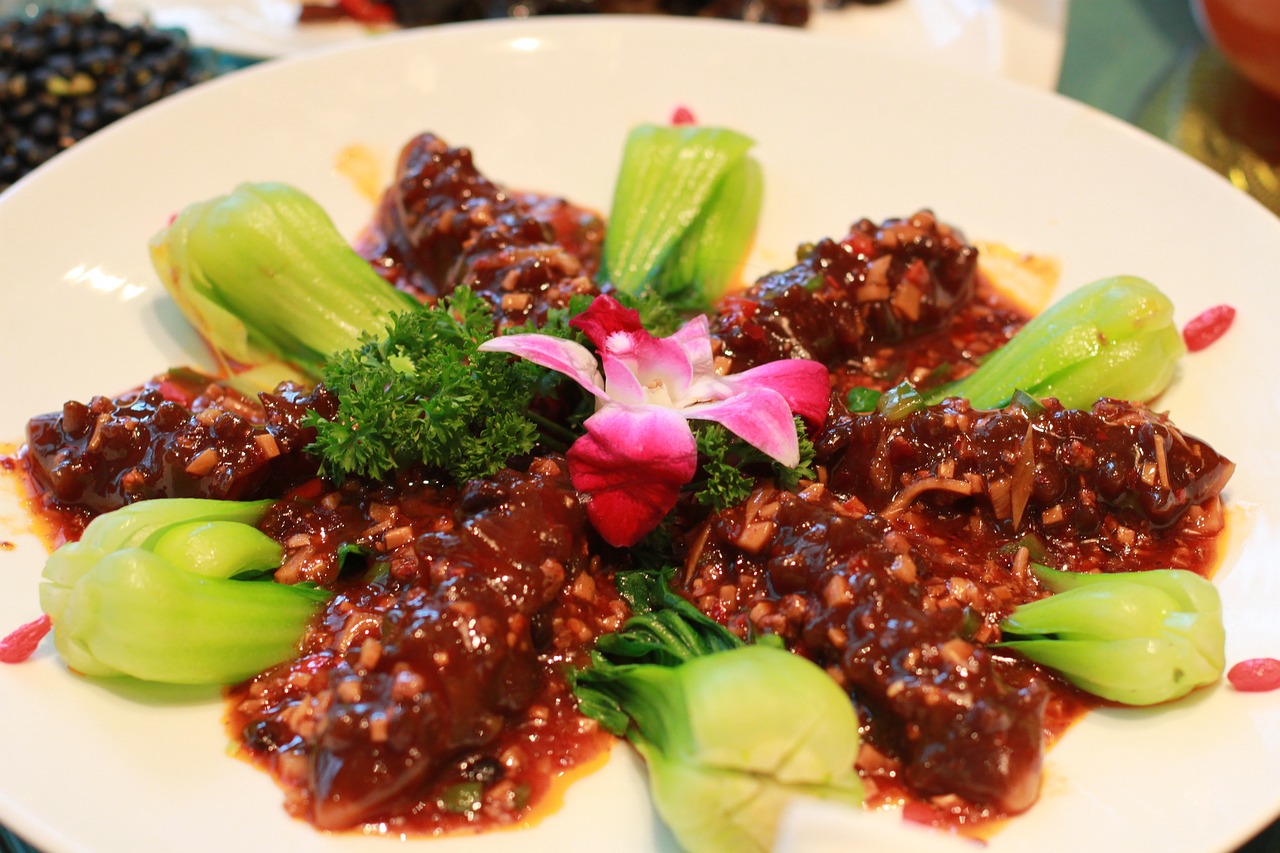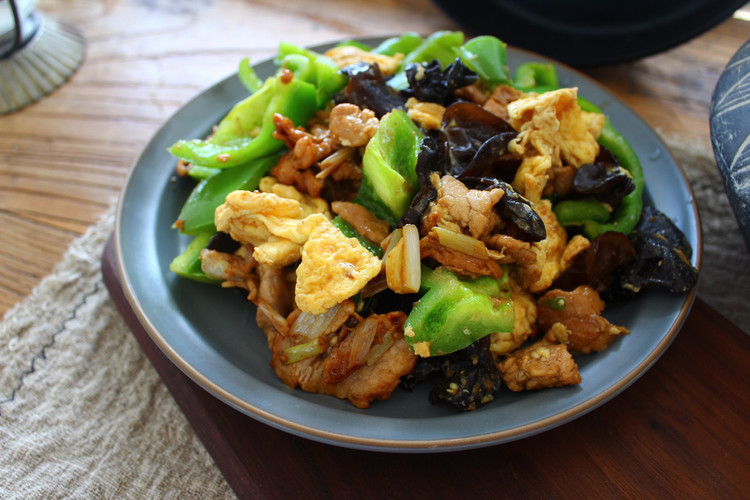Shandong Cuisine 鲁菜: The Culinary Cornerstone of Northern China
Fresh seafood, hearty soups, and masterful braising techniques.
The Foundation of Northern Chinese Cooking
Shandong cuisine, also known as Lu cuisine, is renowned for its influence on northern Chinese cooking styles. With a history spanning over 2,500 years, it’s a culinary tradition that values freshness, tenderness, and a pure, natural taste.
Explore Shandong with:
Signature Dishes
Sweet and Sour Carp (糖醋鲤鱼)
- A whole carp, deep-fried and served with a tangy sauce
- Represents the Yellow River’s bounty

Sweet and Sour Carp.
Braised Sea Cucumber (红烧海参)
- A delicacy known for its unique texture
- Often served with scallions and garlic

Braised Sea Cucumber.
Dezhou Braised Chicken (德州扒鸡)
- Whole chicken slowly braised with spices
- Known for its tender meat and rich flavor
Moo Shu Pork (木须肉 Mu Xu Rou)
- Stir-fried pork with egg, wood ear mushrooms, and lily buds
- Served with thin pancakes

Moo Shu Pork.
💡 First-Timer Tip: Shandong dishes often come in large portions meant for sharing. Dining with a group allows you to sample a wider variety of dishes.
Culinary Techniques
Shandong chefs are masters of:
- Braising
- Quick-frying
- Stewing
- Roasting
These techniques aim to preserve the natural flavors of ingredients while creating complex, layered tastes.
Where to Eat
- Jinan : The capital of Shandong province, known for its springs and traditional Lu cuisine.
- Qingdao : Famous for its seafood dishes and Tsingtao beer.
- Yantai: Another coastal city renowned for its fresh seafood and fusion of flavors.
💡 First-Timer Tip: In coastal cities like Qingdao, look for restaurants that allow you to select live seafood for your meal, and try the local beer.
Key Ingredients
- Fresh seafood from the Yellow Sea and Bohai Sea
- Staple grains like wheat, millet, and corn
- A variety of vegetables, with cabbage and potatoes featuring prominently
- Liberal use of garlic and scallions for flavoring
Shandong Food Culture
- Emphasis on hospitality and generosity in portion sizes
- Importance of knife skills in food preparation
- Strong influence of Confucian cuisine (strict vegetarian dishes)
- Integration of medicinal herbs in cooking for health benefits